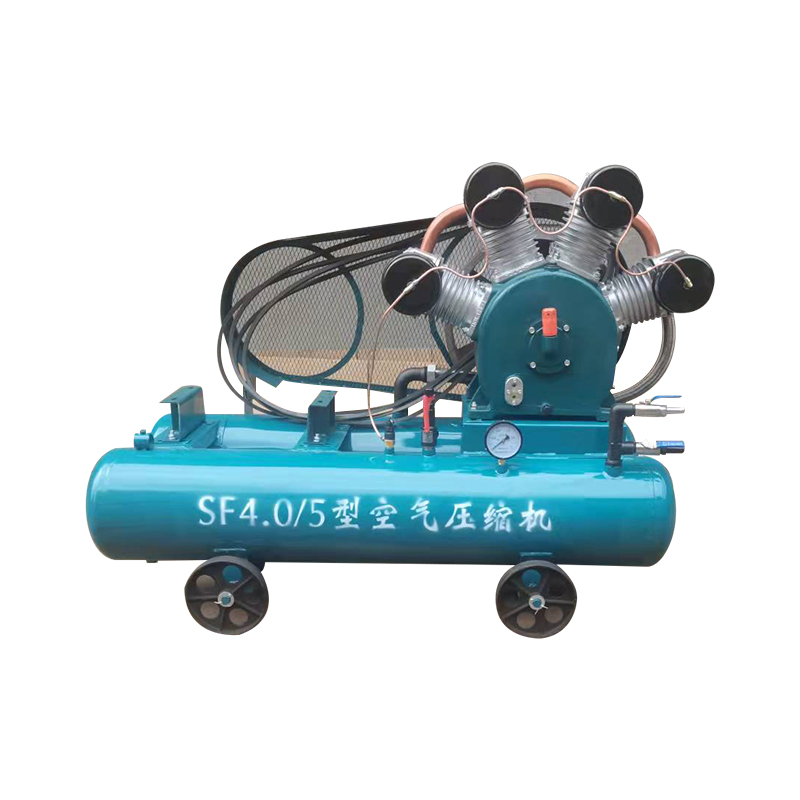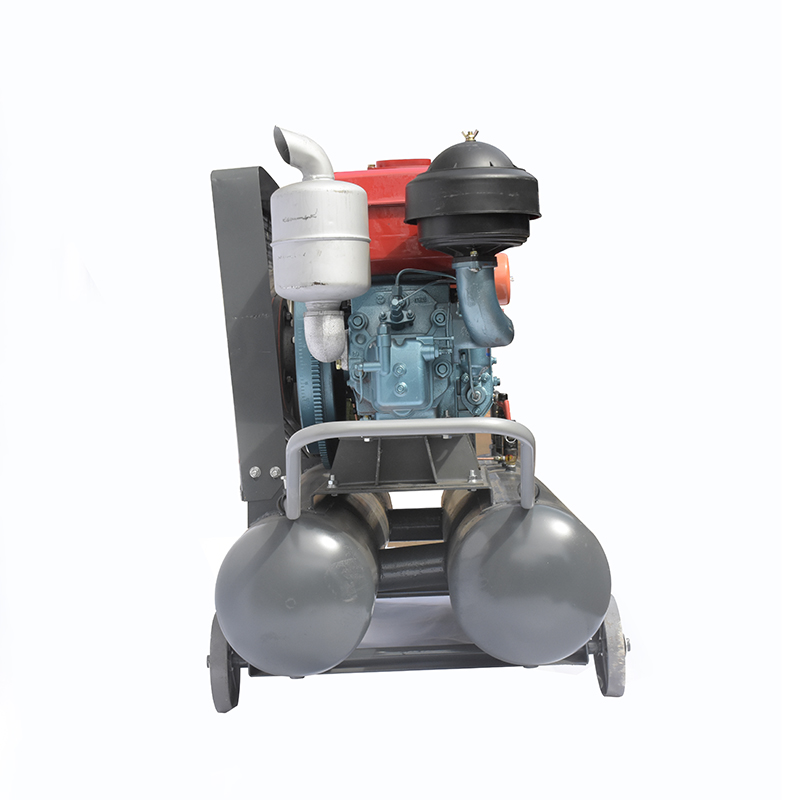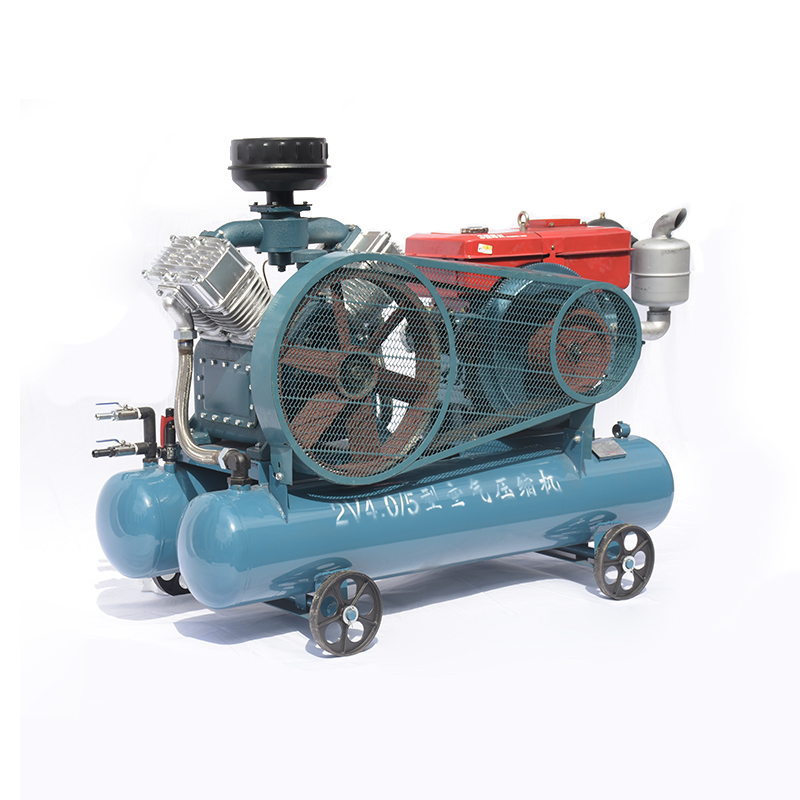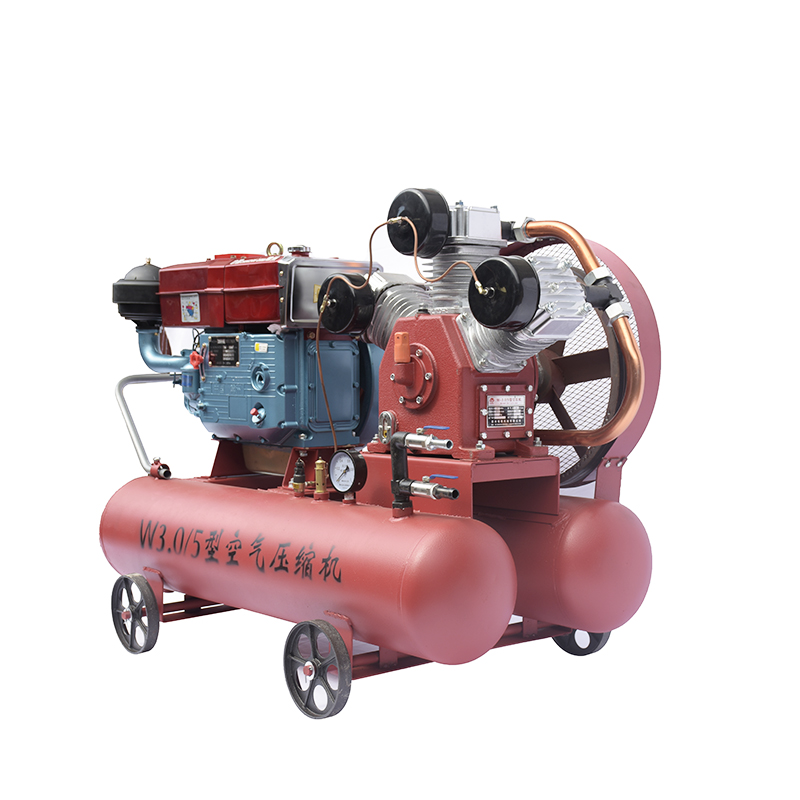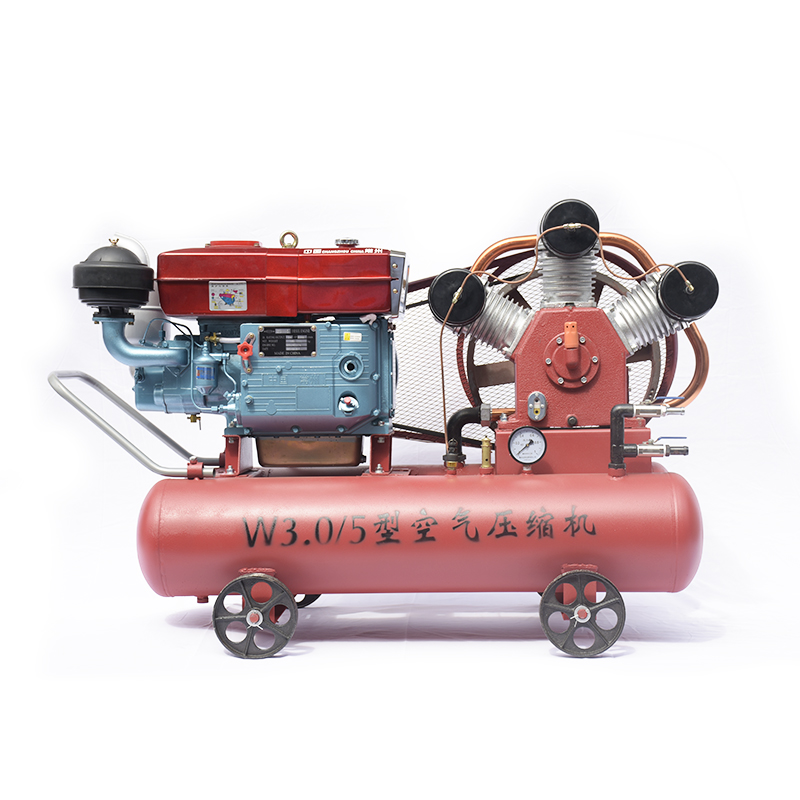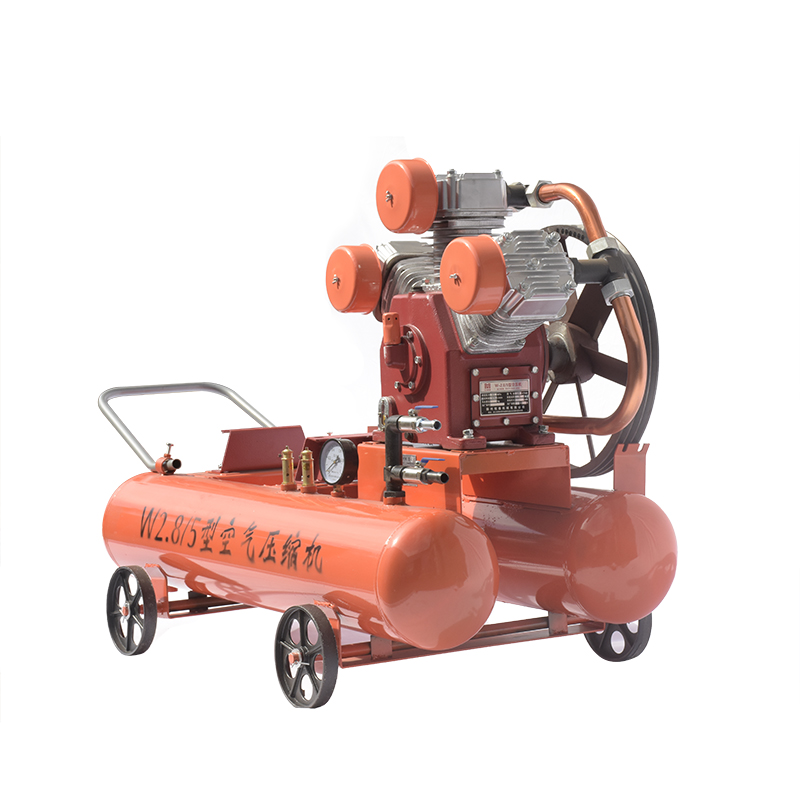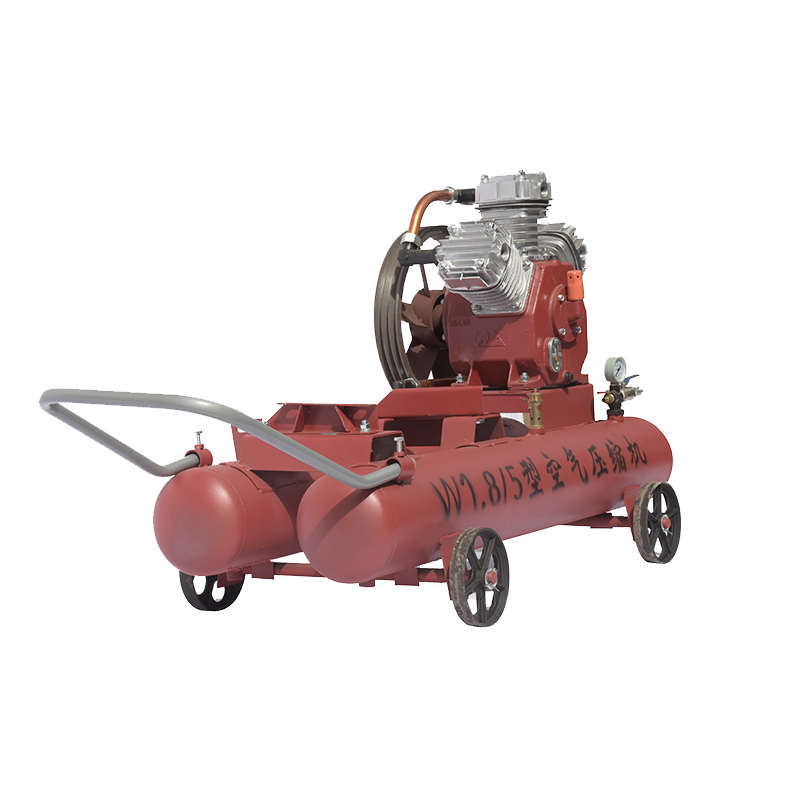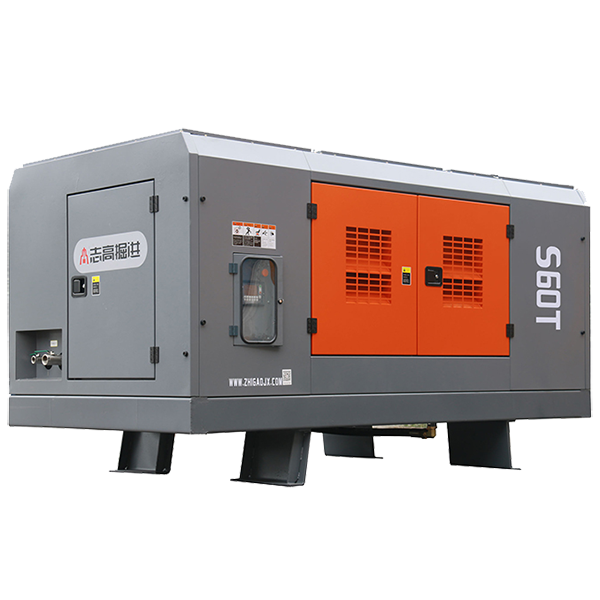Without copper air compressor lines, operating an air compressor system would be hindered. Copper provides a viable solution for transporting pressurized air from a compressor to its point of application, such as powering tools and cylinders. This article examines the necessity of copper lines and explains why they are the superior choice for air compressor systems.
For air compressor systems, copper is the material of choice. Its light weight and strength are just part of the appeal; its great thermal conductivity makes it suitable for a range of temperatures and pressures. Plus, copper air compressor lines are exceedingly flexible, able to be shaped to fit any purpose. All of which contributes to its widespread use for air compressors in a variety of settings.
Transporting pressurized air from the compressor to the user requires an air compressor system made up of copper tubing, various fittings, and valves. Of these components, the copper tubing is arguably the most vital as it is responsible for carrying the pressurized air. Choosing the right copper tubing requires careful consideration of size and length; these factors play an essential role in efficiently transporting the air between the two points. Aside from size, it’s important to select a copper tubing thick enough to sustain the pressure of the air.
When it comes to the air compressor system, fittings are a must-have. Acting as an integral connection between the copper tubing and the other individual components (the air compressor, air filter, et cetera), these pieces come in an assortment of forms and dimensions for a snug and leak-proof fit. So if you’re looking to keep your system sound, taking your time to choose the right fittings is essential.
The air compressor system requires the precise regulation of airflow, and this is accomplished through the careful selection of valves. From manual to automated, these components come in many sizes to suit various system pressure and volume needs. In addition, valves can be used to rein in any fluctuations in the air pressure or swiftly shut down the flow of air should any problems arise.
With a copper air compressor in your system, the size of the compressor, pressure and desired application will need careful weighing. Moreover, quality components must be chosen and installed correctly to guarantee safe and reliable results. Taking the time for proper installation of quality pieces will also help lengthen the working life of your air compressor system.
All in all, copper air compressor lines are paramount to an efficient air compressor system. Not only are they tough and light, but they also hardly corrode. Plus, they are highly malleable and can be curved to nearly any shape. Copper air compressor lines are composed of copper tubing, valves, and fittings that must be attentively selected; from here, a secure link lacking of leakage is due. Finally, only high-caliber pieces should be chosen to guarantee an operative and trustworthy air compressor system.
Boasting outstanding protection from heat & corrosion, copper air compressor lines are the go-to choice for most industrial, commercial, and residential applications. Copper is chosen for more than just its cost-effectiveness and ease of assembly, however – it is also renowned for its durability and long life span. Whether you’re in the market for a reliable material that can ensure your air compressor system functions efficiently and securely, or simply seeking an affordable solution, copper is a prime option.
With its remarkable combination of qualities, from electrical and heat conducitivity to robust corrosion resistance, copper is the ideal material for constructing air compressor lines. This ductile metal can handle oppressive pressure and temperature, while its high melting point fortifies it against temperatures beyond the ordinary. The friction coefficient of copper is also low, making it a breeze to shape and form.
From automotive air conditioners to industrial utilities, copper air compressor lines are available in a range of diameters and grades, tailored to suit every purpose. Commonly deployed sizes include 1/4”, 3/8”, 1/2”, and 3/4”, whilst the usual grades come in three varieties. Type K is the softest and most bendable of them all, marketed for general usage. Type L offers a little extra resilience, popular among manufacturers for its use in cars and pumps. As for Type M? The toughest of the bunch, harnessed for its strength in industrial usage.
Installing copper air compressor lines of the right size is vital to ensure a safe and efficient system. Too small a size can be damaged when the pressure or temperature surpass its limits and too large a size won’t allow the air to travel quickly, requiring more energy to compress. To top it off, it is fundamental that the lines are sealed unconditionally to prevent any air leakage.
Installing copper air compressor lines can be achieved in just a few simple steps. All that’s required is a hacksaw or tubing cutter to get each line to the desired length, then a specialized tool for bending the lines into shape. Afterwards, they can simply be fitted onto the compressor with a fastening solution, and securely sealed up with a reliable adhesive, such as Teflon tape. Best of all, with proper installation and no additional maintenance or repair needed, these compressor lines are known to leave a lasting impression – for years to come.
Copper air compressor lines are an ideal choice for those needing reliable, cost-effective piping that has a remarkable resistance to corrosion and heat. Not only can they be easily installed in any practical application, they boast a lifespan that can span many years with proper care and maintenance. To benefit from all the advantages copper air compressor lines have to offer, it’s recommended that the correct sizing and sealing are conducted during installation; ensuring they won’t succumb to air leaks.
Post time: 2023-07-24


